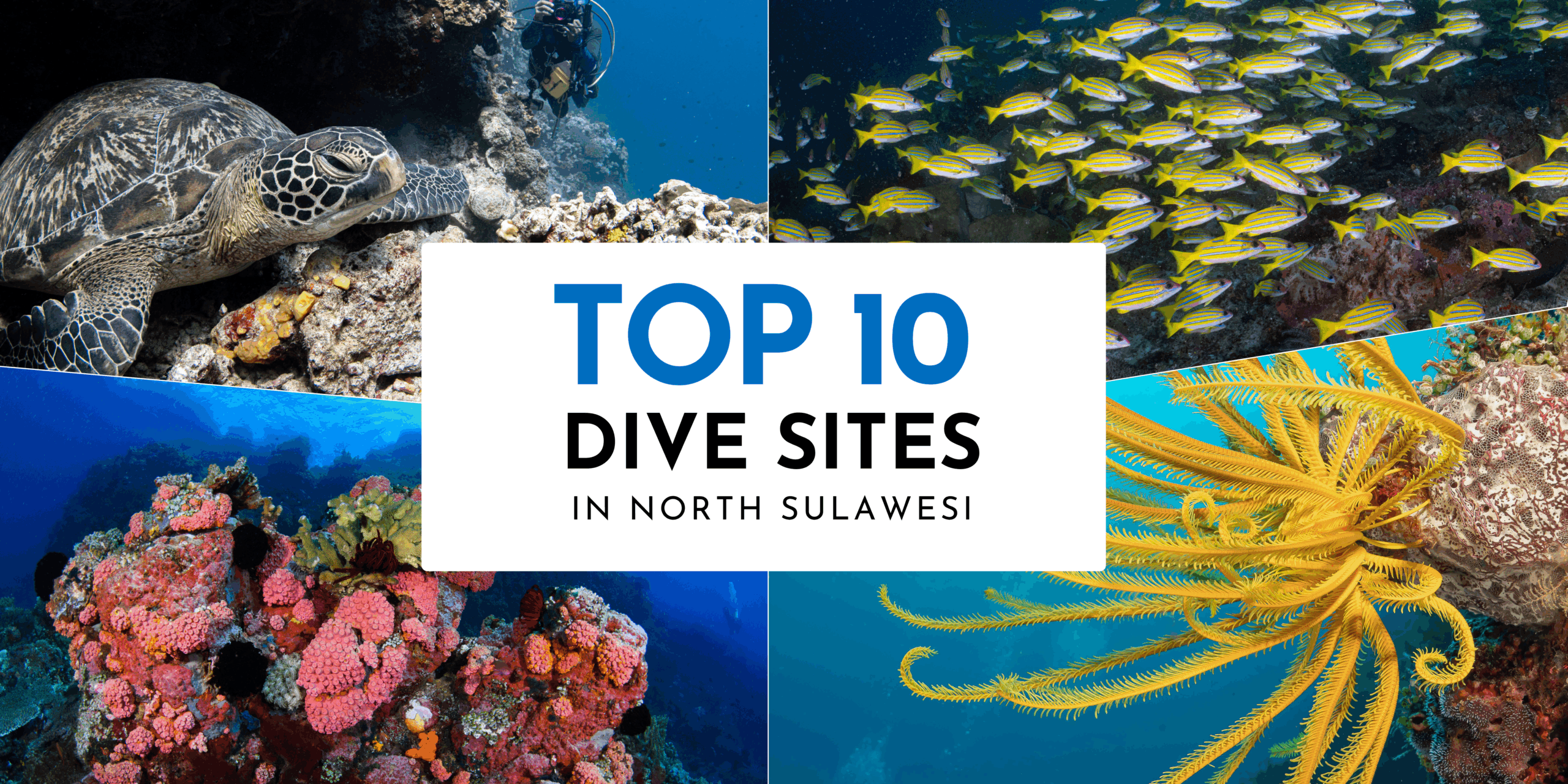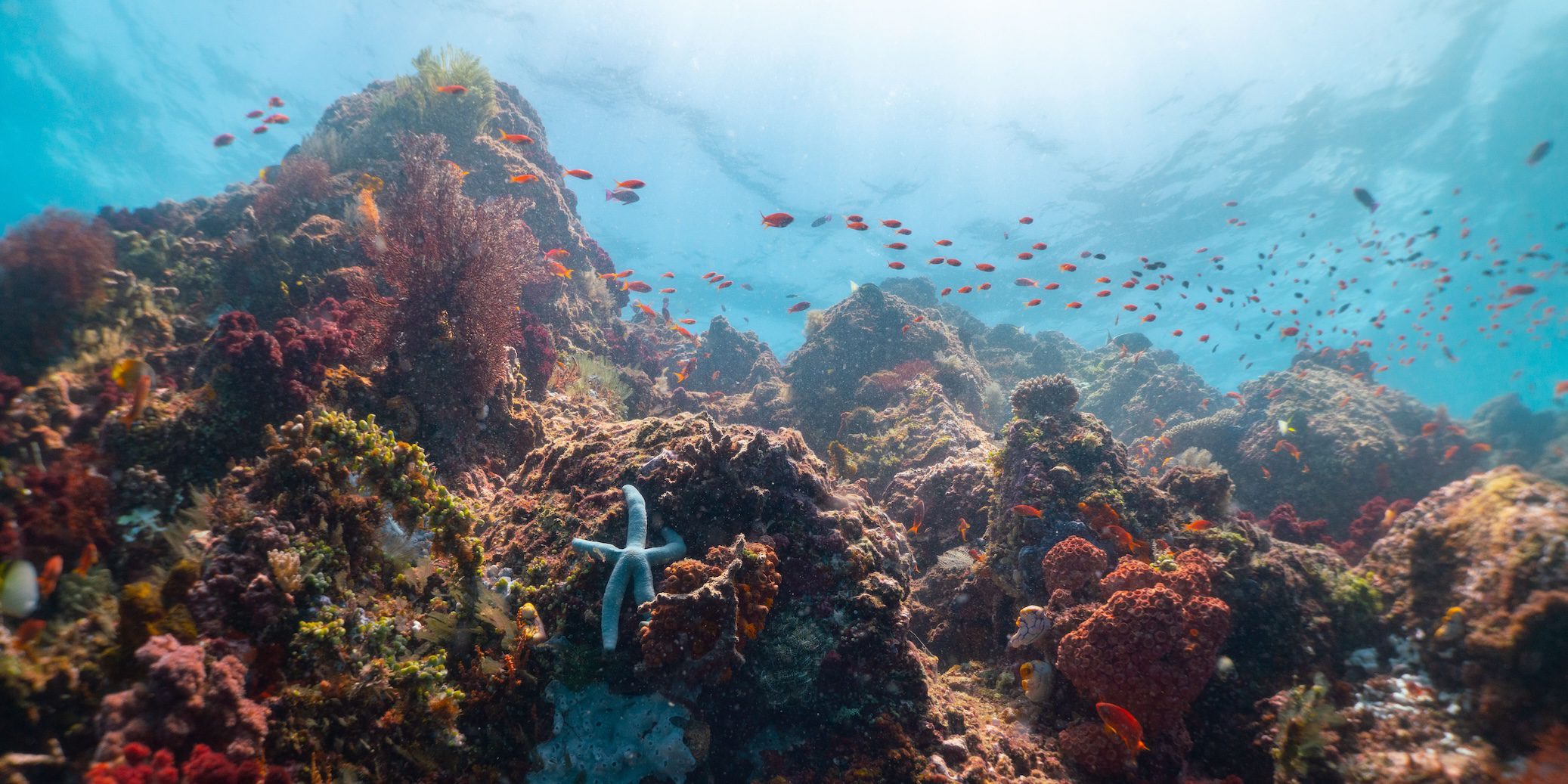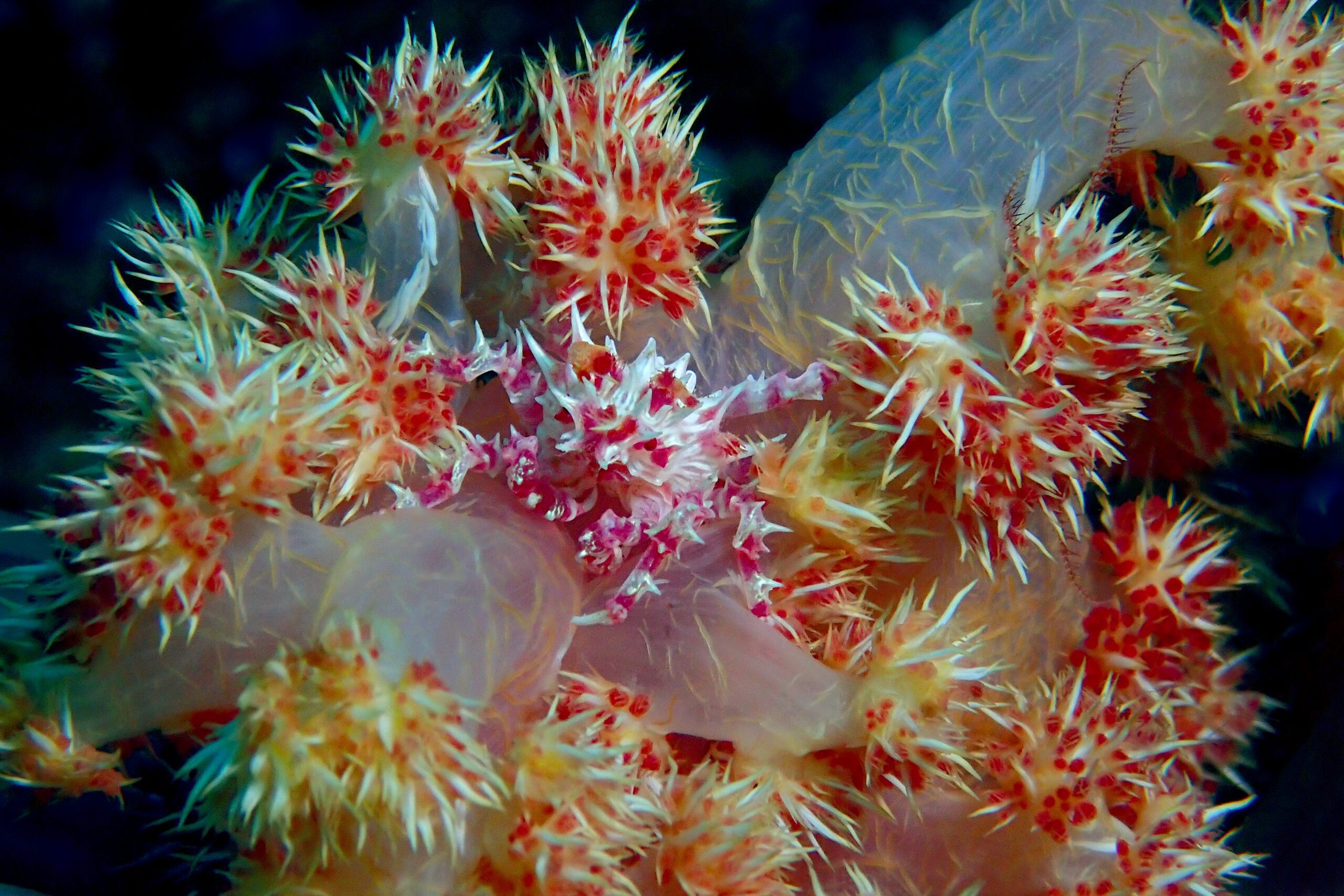
Ultimate Guide to Crustaceans of North Sulawesi
At Murex Dive Resorts, we count it a blessing to be surrounded by a diversified and rich marine ecology that is home to a wide variety of crustaceans. These intriguing organisms, which range from lobsters to crabs to shrimps, come in a wide variety of colors, sizes, and shapes, making every dive and underwater photography opportunity an adventure.
As ardent advocates for marine conservation, we think that knowing and appreciating the unique characteristics of these animals is essential to ensuring their protection and preservation. We are dedicated to sharing our passion for crustaceans and the extraordinary marine life of North Sulawesi with all of our guests through the expertise of our staff of dive leaders and marine biologists.
Shrimps Species in Murex’s Dive Sites
GOBY SHRIMPS (ALPHEID SP.)
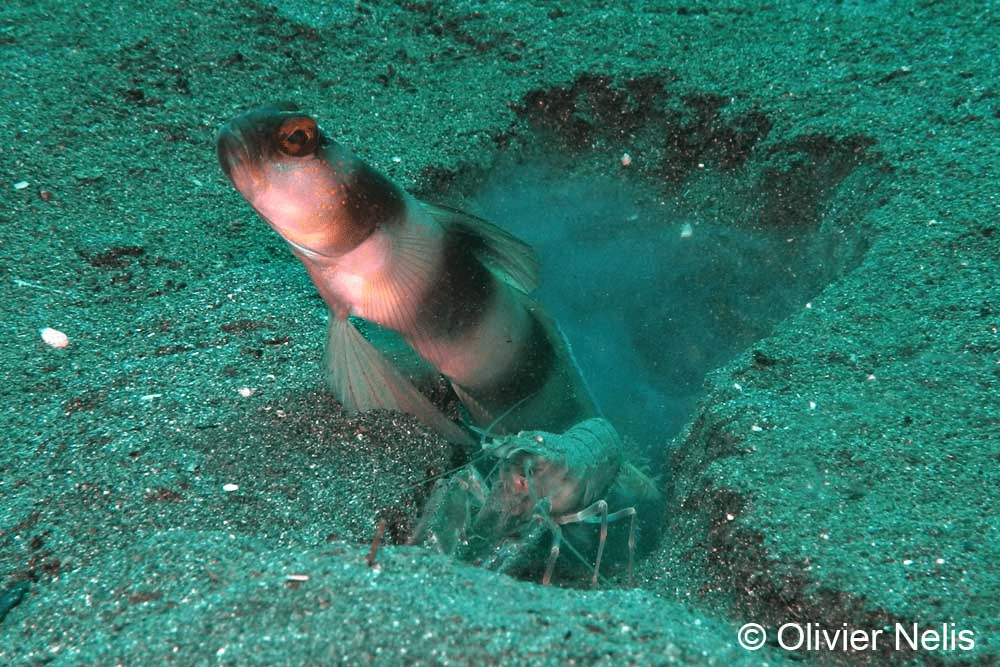
We have numerous different species of Alpheus shrimps in North Sulawesi – they are commonly referred to as “goby shrimps” due to their mutual relationship with goby fish. This is among one of the most interesting species to observe.
The goby shrimp digs and maintains a burrow in the sand which it shares with its partner fish. These shrimps are real workers and if you approach slowly and carefully you will see them hauling sand out of the burrow while the goby sits “on guard”.
These shrimps have very poor eyesight and they rely on the goby to warn them of danger and predators which the goby does by making characteristic tail movements. The pair then retreats into the burrow. Goby shrimps can grow up to 2 inches and have various colorations according to the individual species and their environment.
Dive sites: Goby shrimps are seen across most of our dive sites that have sandy / silty patches including all three of our House Reefs.
POPCORN SHRIMP (PERICLIMENES KORORENSIS)
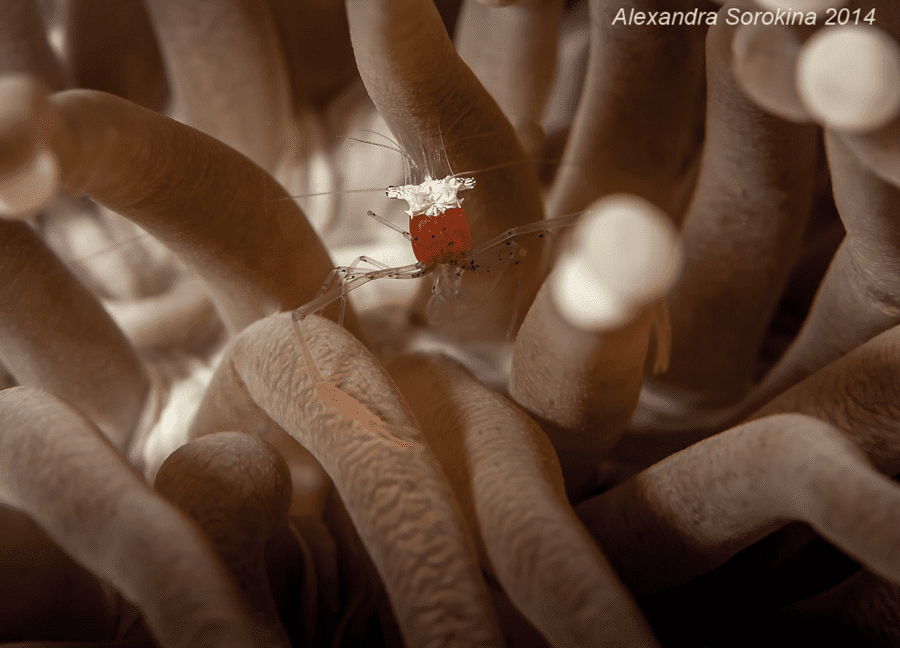
This species lives in pairs on mushroom corals (Heliofungia actiniformis) and on several species of anemones where they can hide among the feeding tentacles which also offer them protection. The upper part of this species’ body is brown, the abdomen, legs and claws are transparent and it takes its name from having a white spiky head which resembles popcorn.
This shrimp grows up to 4cm and although it is a common find it can be difficult to spot if it is down among the roots of the tentacles. We have sightings all year round at depths of up to 25 meters. If you find one, remember to look for its partner!
Dive sites: All sites which host mushroom corals and anemones are hotspots for popcorn shrimp including all three House Reefs.
Crabs Species in Murex’s Dive Sites
CANDY CRAB (HOPLOPHRYS OATESII)
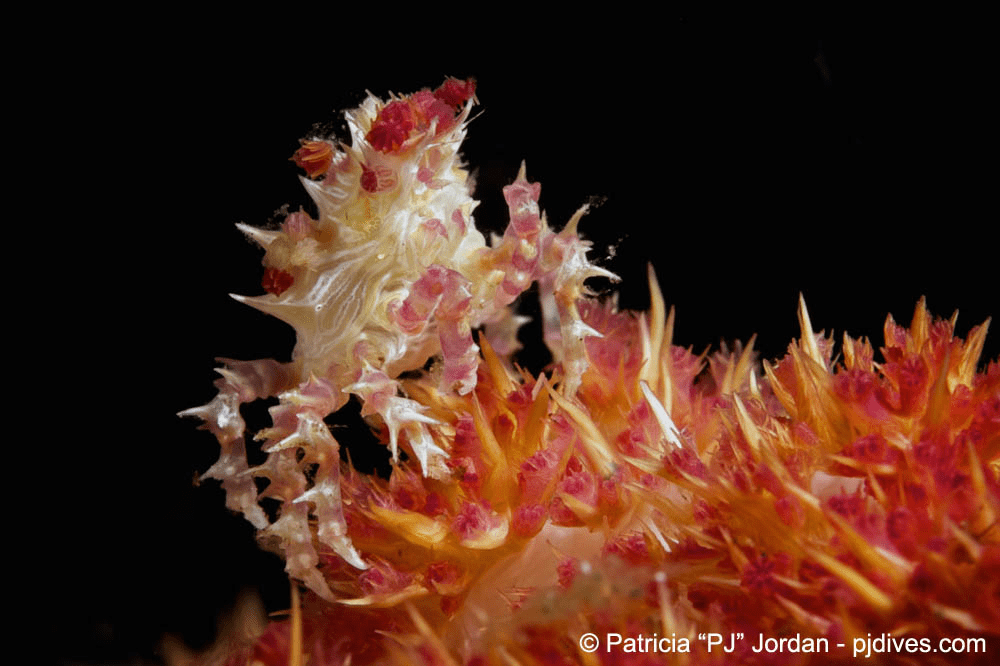
Candy crabs is a species of imitator crab that live in symbiosis with Dendronephthya soft corals. Their bodies, which grow to just 1.5cm, are covered in sharp spike-like tubercles which gives them near perfect camouflage.
These tubercles are actually polyps taken from the host coral which they attach to their carapace. Their body color ranges from white, pink, yellow to red depending on the color of its host.
Dive sites: These tiny critters are found at dive sites with good soft coral coverage such as Tanjung Kelapa and the Manado House Reef, Sahaung in Bangka and Nudi Falls in Lembeh.
ORANGUTAN CRAB (ONCINOPUS SP 1.)
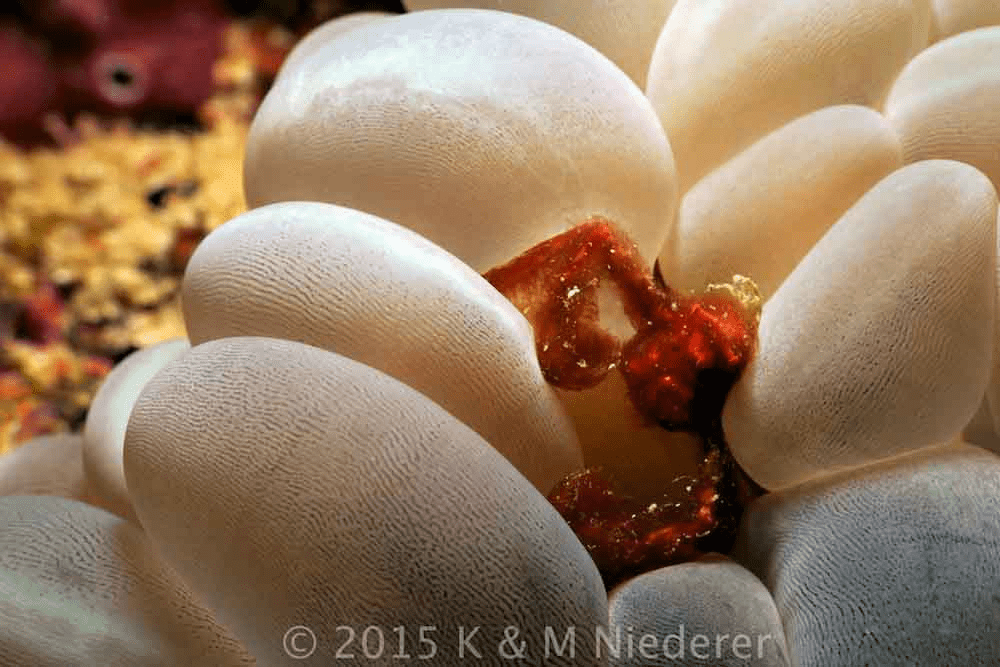
The orangutan crab is a type of decorator crab which is covered in fine red to red-brown or orange hairs (giving it the “orangutan” name). The carapace grows up to 2 cm but the legs are much longer giving it a spider like appearance.
Its eyes are red and protrude out from the head. The orangutan crab is most often spotted on bubble corals in which it can retreat (between the bubbles) for protection. If you do find one, keep looking as they are quite often found in pairs.
Dive sites: Orangutan crabs are possible to see at almost all of our dive sites in North Sulawesi and one of the most common Crustaceans of North Sulawesi so if you are hoping to see one (or more) just let your Dive Guide know!
Lobster Species in Murex’s Dive Sites
HAIRY SQUAT LOBSTER (LAURIEA SIAGIANI)
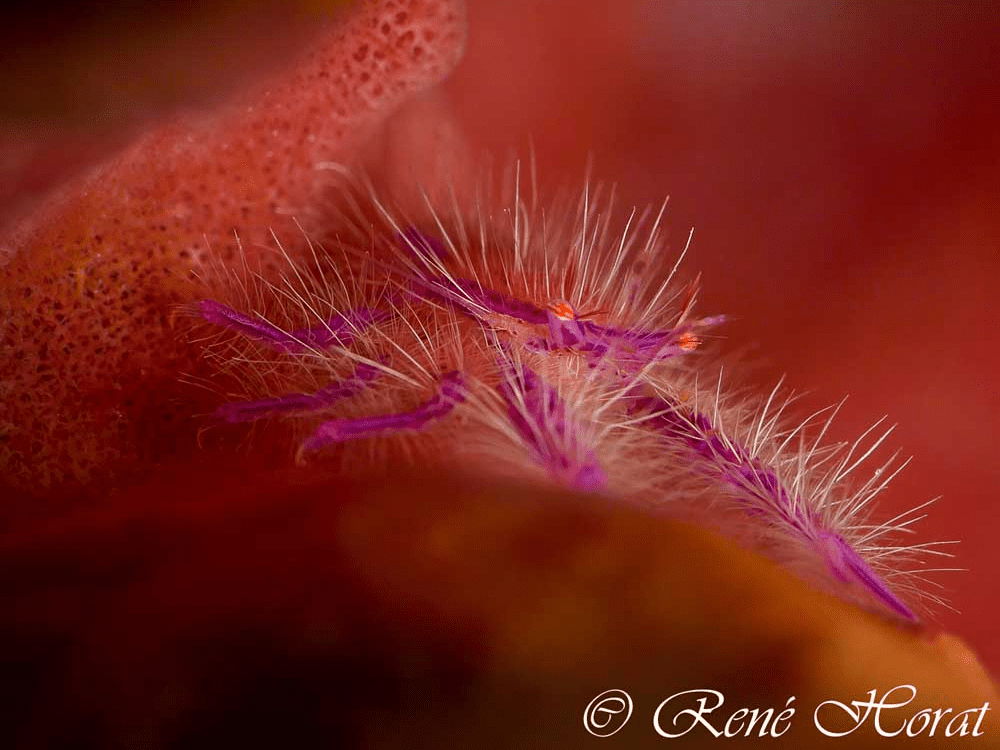
These highly photogenic squat lobsters range in color from vibrant purples to hot pinks and are one of the more popular Crustaceans of North Sulawesi. They live in giant barrel sponges in between the vertical ridges that run down the outside of the sponge.
Hairy squat lobster is a shy species and will back away from cameras so having adequate light to get a good shot can be tricky. Their entire bodies are covered in long white bristles and their eyes are bright red. This is a small species with the carapace growing up to only 1.5cm. If you find one on a barrel sponge, look for more as they are often in small groups.
Dive Sites: Hairy squat lobsters can be found at many of our dive sites in Manado, Bunaken, Bangka and Lembeh including all three House Reefs.
CRINOID SQUAT LOBSTER (ALLOGALATHEA ELEGANS)
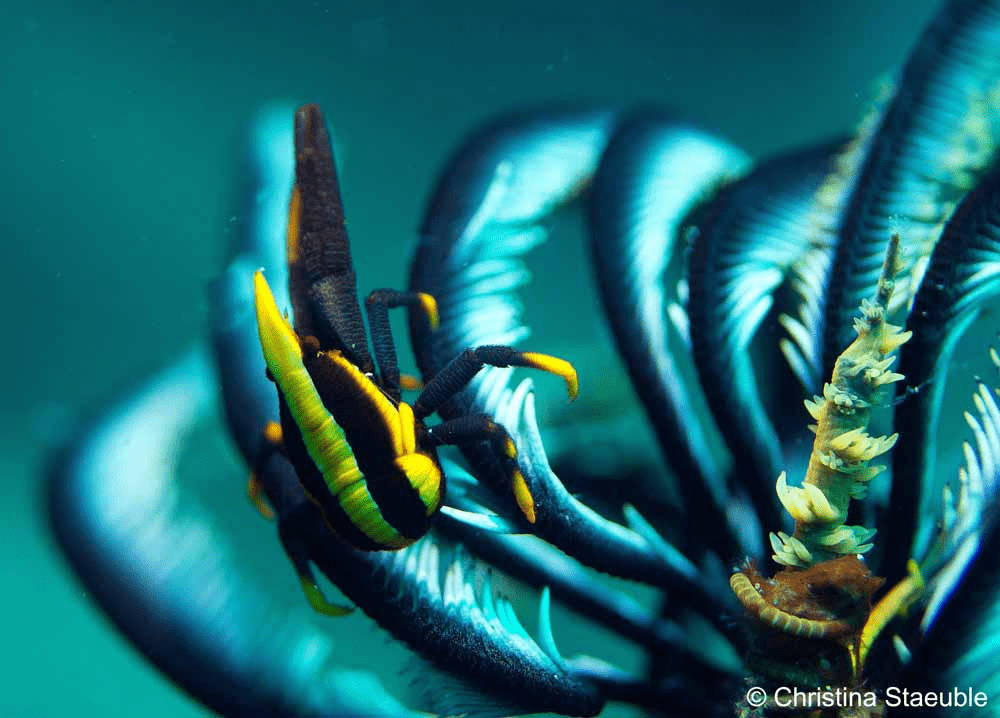
Crinoid squat lobsters (as their name suggests) exclusively inhabit crinoid feather stars for protection. They are perfectly colored to match their host and have black (or dark brown) and white stripes running down their carapaces and arms – the stripes are often highlighted with yellow or red.
The carapace grows up to just 2 cm, with females being generally larger than males. This clever squat lobster is not only protected by the crinoid – it also feeds on the plankton that is collected on the crinoids arms.
Dive sites: North Sulawesi sites attract a healthy population of crinoids with the best dive sites being Manado House Reef, Fukui in Bunaken, Batu Tiga in Bangka and Lembeh Resort House Reef.
Murex Resorts at North Sulawesi
Ready to discover the amazing world of crustaceans at Murex Resorts? Book your next dive holiday and explore uncommon and exotic crustaceans. Our team of expert dive leaders and marine biologists are dedicated to sharing their passion for marine conservation and ensuring that these beautiful creatures are protected for generations to come.
Come and dive into the crystal-clear seas of North Sulawesi with Murex! For one of a kind experience, join our Passport to Paradise adventure around North Sulawesi (Bunaken – Bangka – Lembeh). Contact us for more information or to make a booking: reservations@murexresorts.com.


